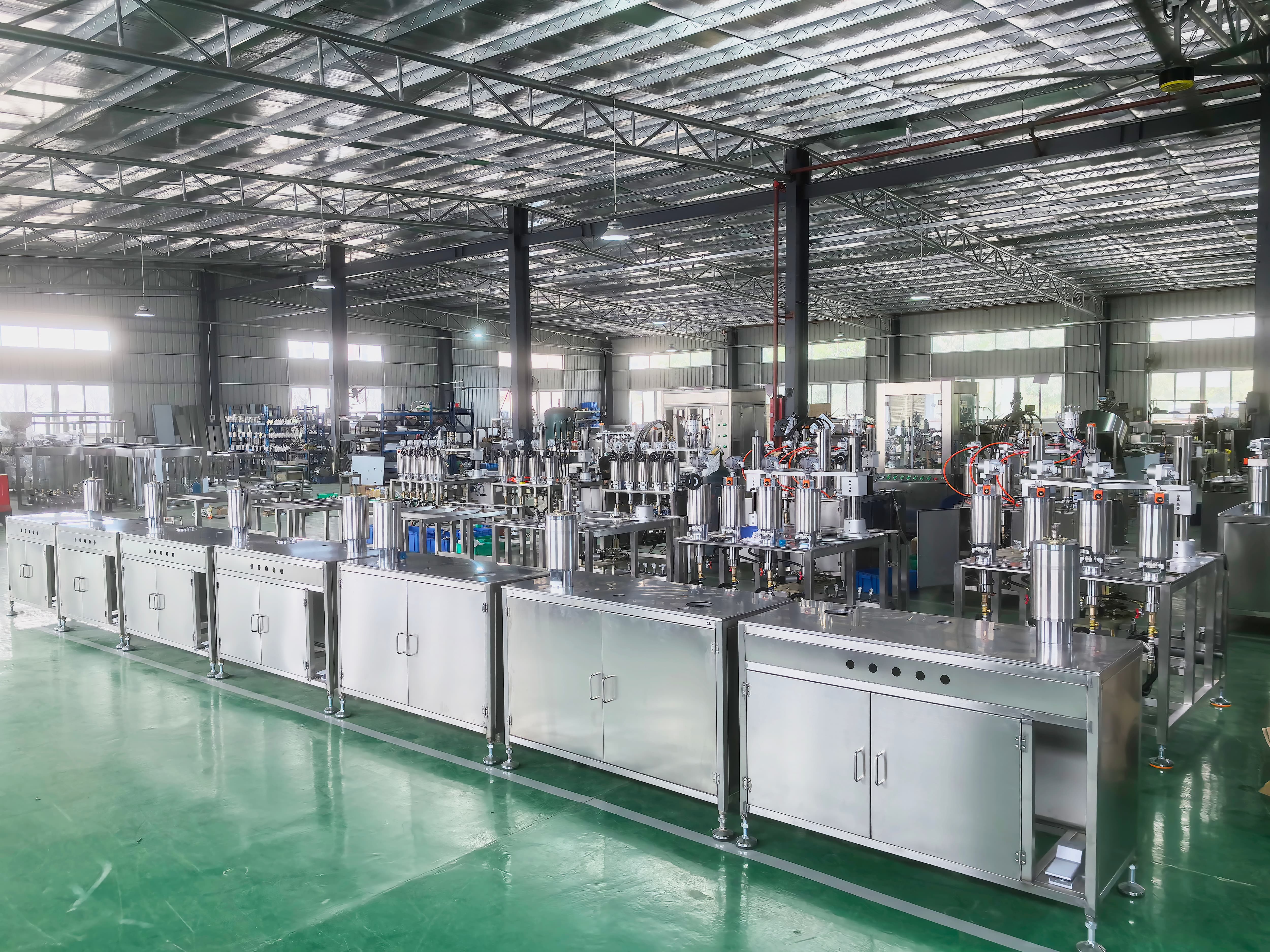
Manual filling machines continue to play an indispensable role in today's industrial environment, which increasingly prioritizes full automation. They represent an efficient, practical, and economical production solution. For small-batch producers, laboratories, and startups, manual filling machines are more than just equipment—they represent a strategic investment. They enable users to achieve professional-grade precision filling without incurring the high costs of automation. Their significance lies in successfully bridging the gap between the inefficiency of manual labor and the high costs of fully automated production lines.
The core value of manual filling machines manifests in multiple dimensions. First, they provide businesses with an entry point toward professional packaging and brand consistency. By replacing traditional manual filling methods, they effectively resolve issues of inefficiency, error-prone processes, and significant waste. They ensure highly consistent volumes of liquids, pastes, or sauces in each container, thereby reducing product loss, saving costs, and enhancing brand credibility and compliance.
Second, manual filling machines offer significant cost advantages and rapid return on investment. Compared to large automated equipment costing tens of thousands of dollars or more, manual filling machines enable precise filling with minimal investment. They deliver quick ROI by reducing waste and boosting labor efficiency.
Additionally, this equipment demonstrates exceptional adaptability and flexibility. With simple adjustments or component replacements, a single machine can handle materials of varying viscosities—from thin liquids to high-viscosity pastes—making it widely applicable across industries such as cosmetics, food, pharmaceuticals, and chemicals. Manual filling machines offer substantial advantages in scenarios involving diverse product types and frequently changing container specifications.
Simultaneously, manual filling machines emphasize human control and involvement. Operators can monitor and adjust each filling process in real time, making it particularly suitable for high-value products, small-batch trials, R&D prototyping, and other applications demanding extreme precision.
Finally, its simple mechanical structure facilitates easy maintenance. Most manual filling machines support quick cleaning and servicing, significantly reducing downtime—especially meeting the stringent hygiene requirements of certain industries.
Manual filling machines are particularly well-suited for startups, laboratory R&D, artisanal producers, and niche product lines within large enterprises. They not only lower industry entry barriers but also embody the “small yet beautiful” production philosophy—controlling costs without compromising product quality or consistency. Indeed, manual filling machines serve as a fundamental and critical technological pillar within modern precision production systems, delivering a complete solution that is controllable, flexible, and economical for users.
